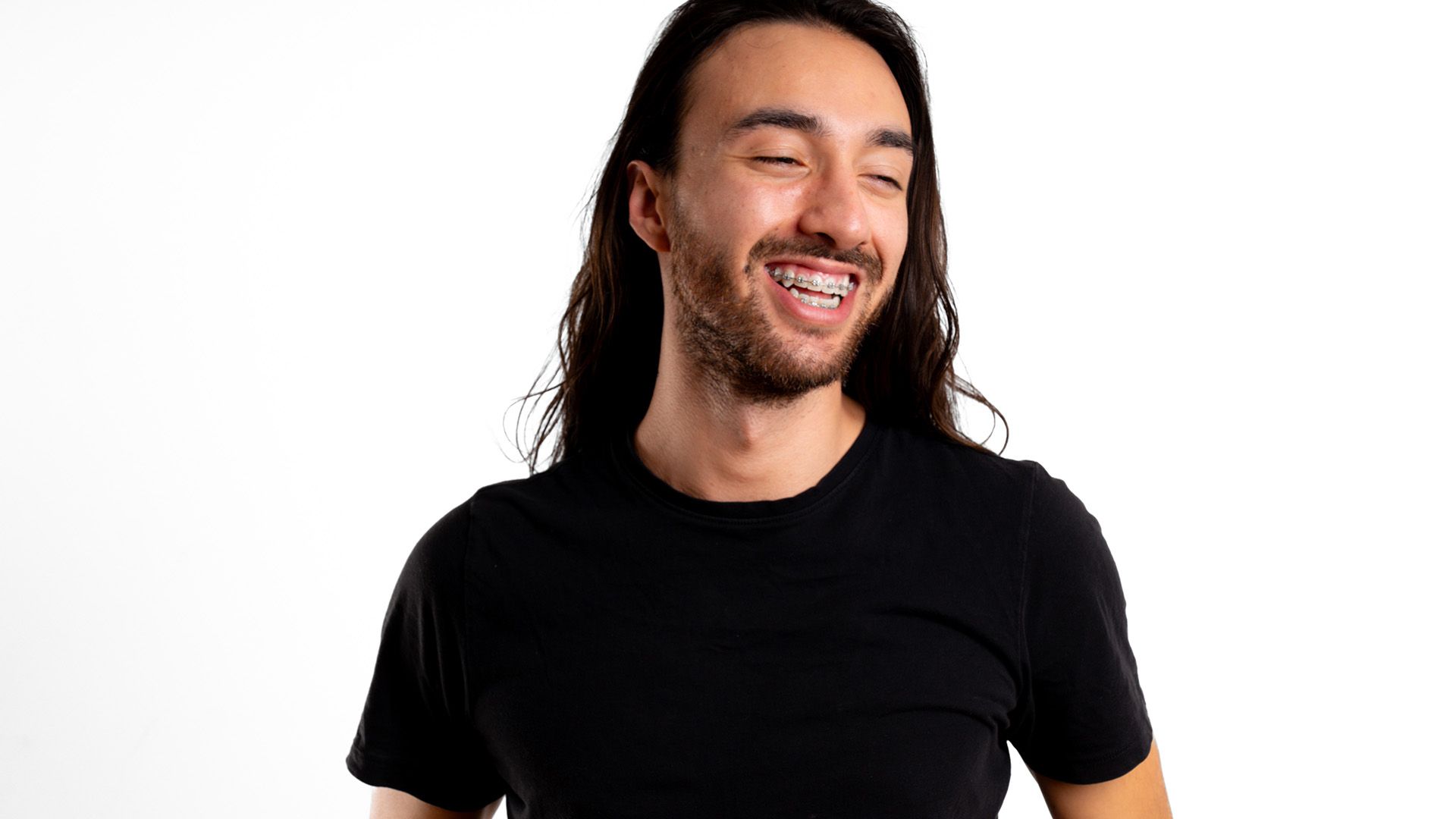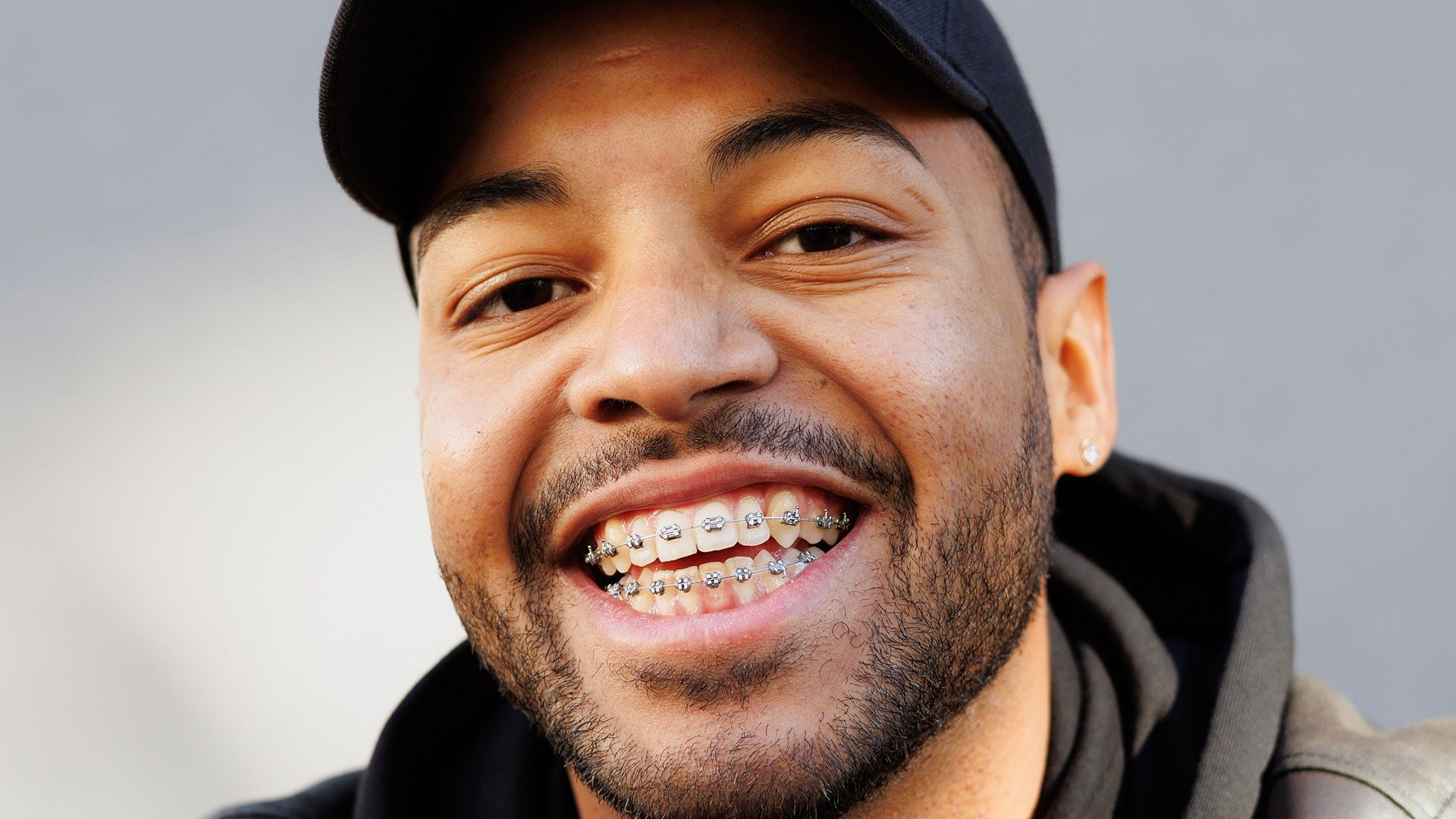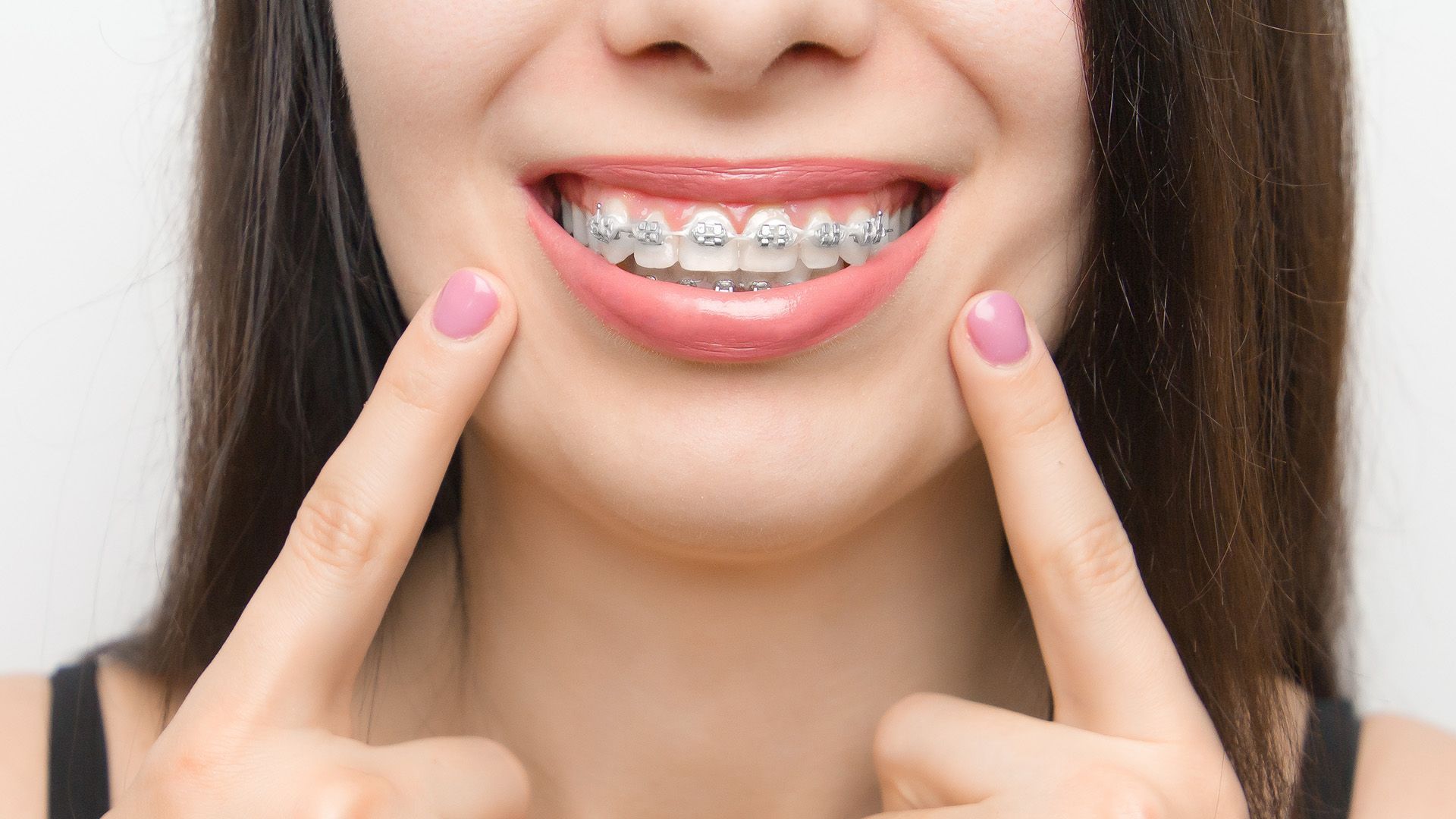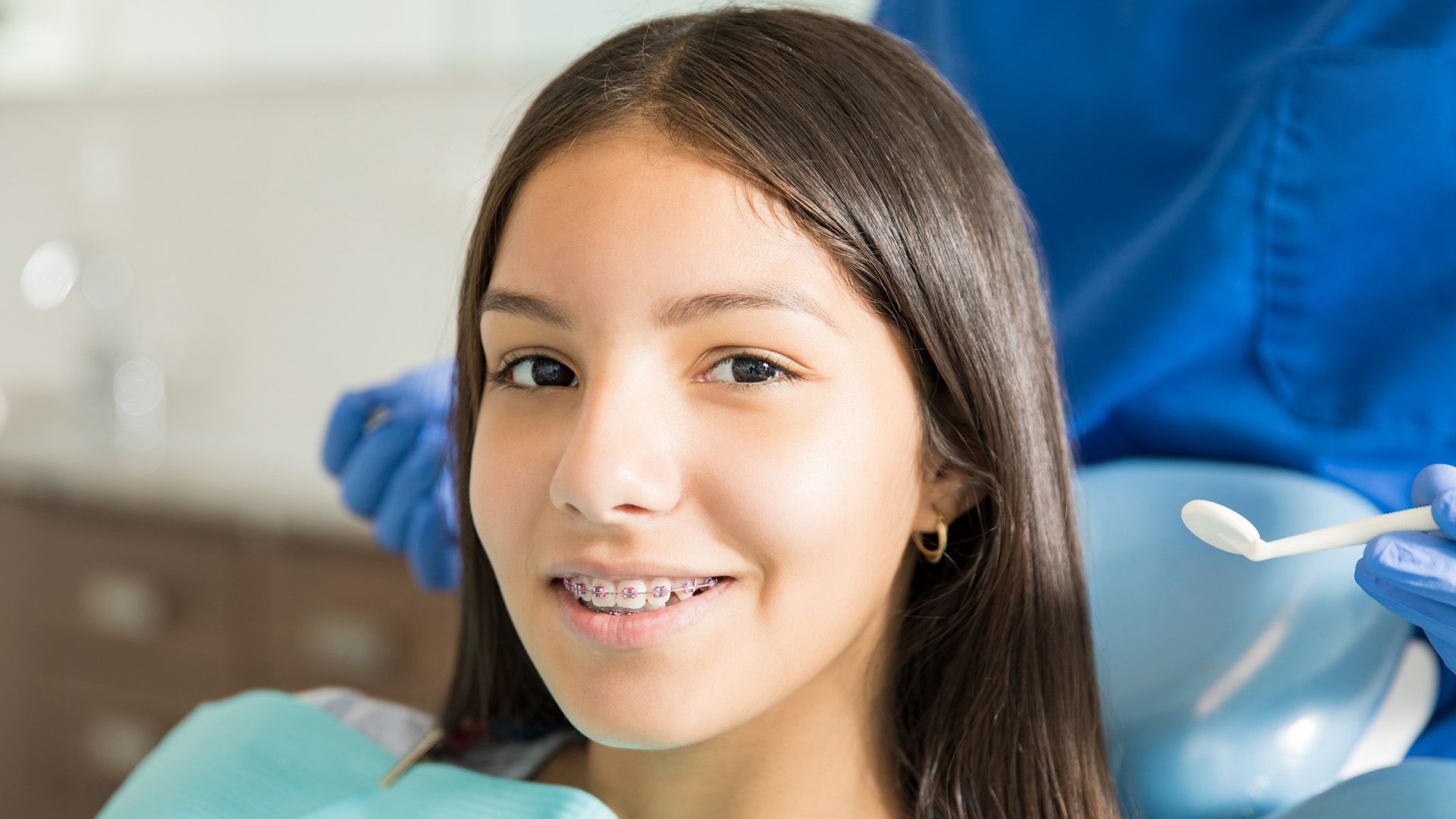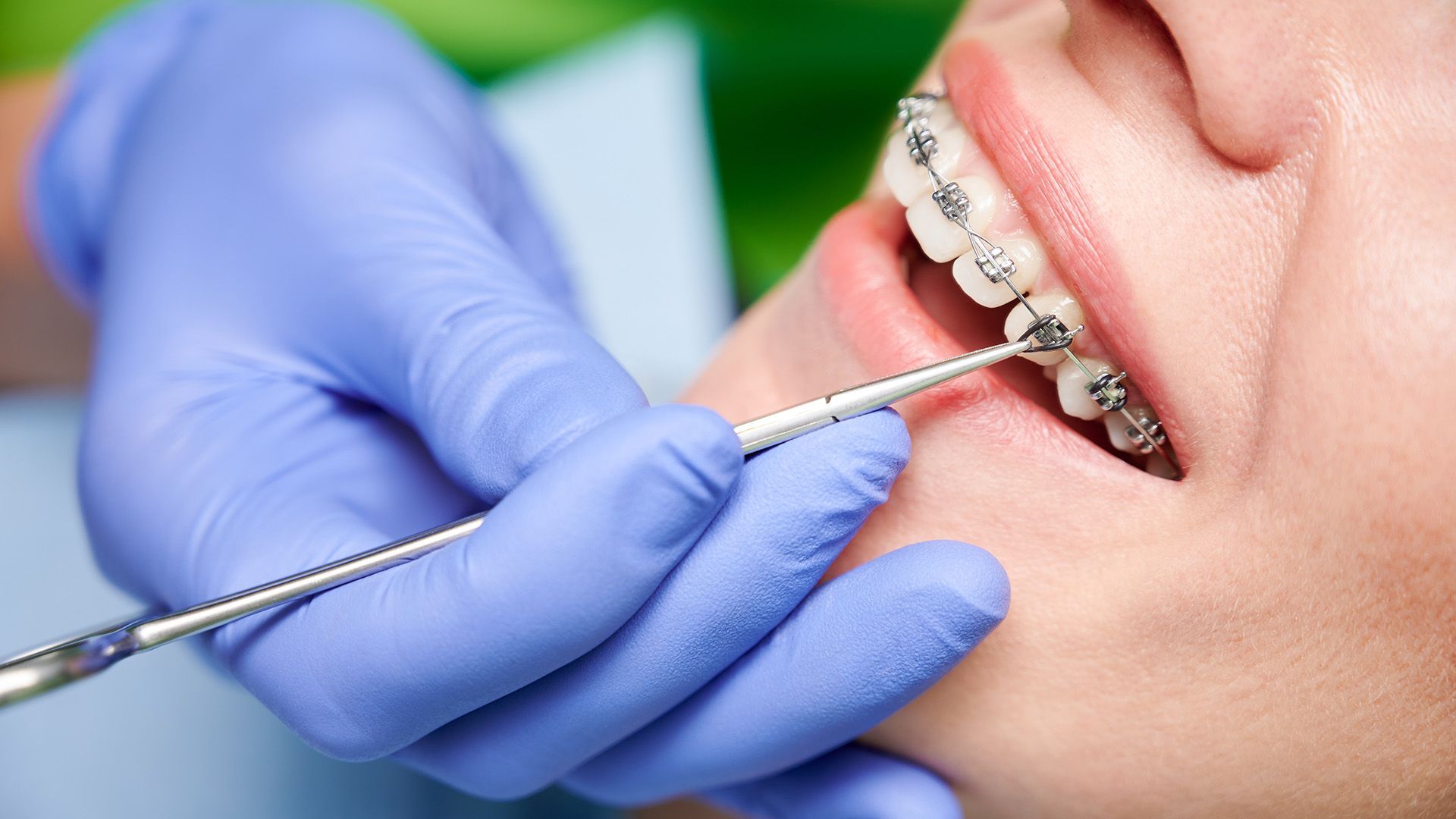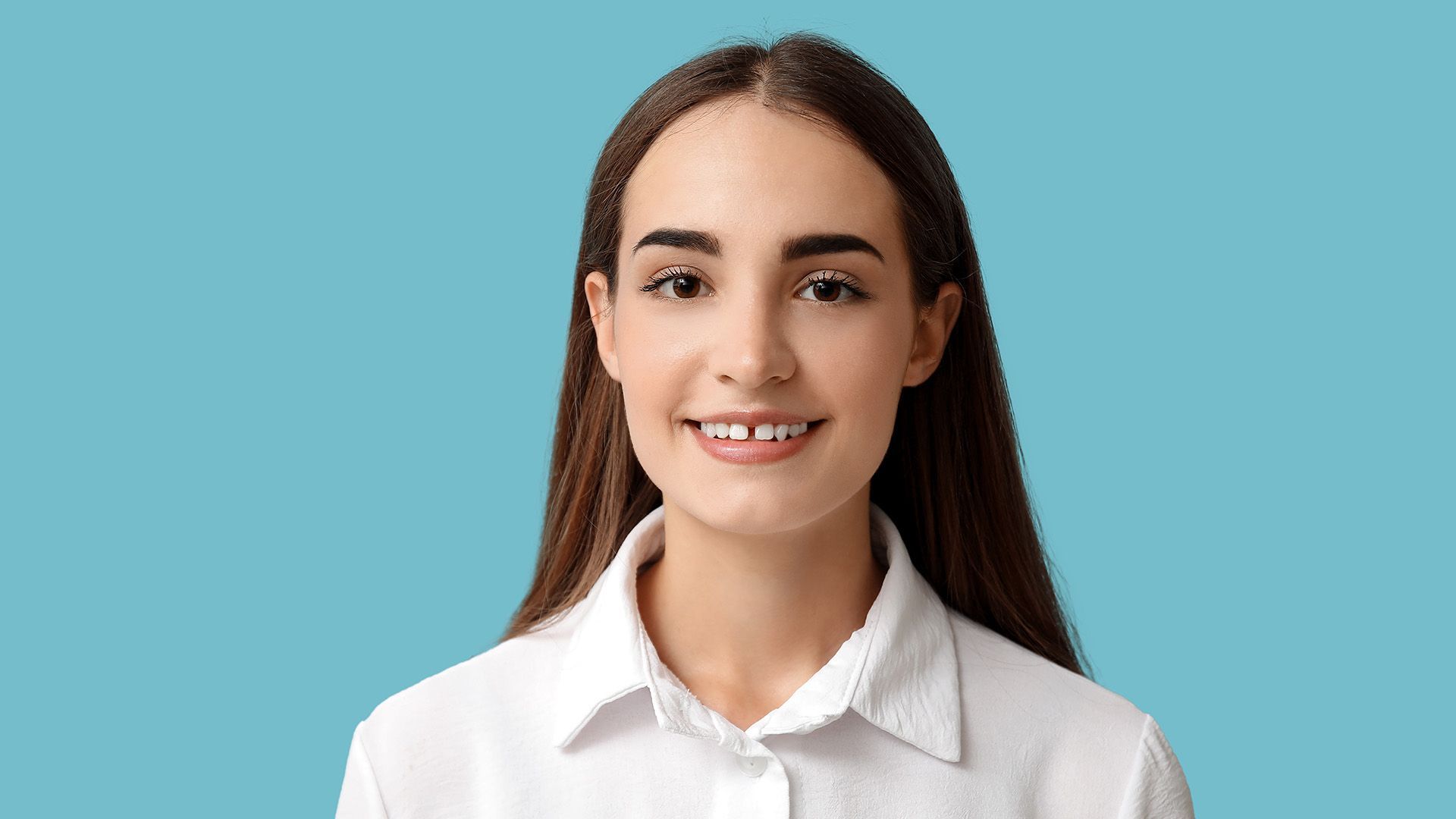Do You Need Retainers After Braces?
Completing your braces treatment is a significant milestone, and as you move forward, you might ask yourself, do you need retainers after braces? The unequivocal answer is yes. Retainers are vital in preserving the alignment of your teeth achieved through braces. While braces realign your teeth, retainers ensure they remain in position, preventing them from shifting back. This guide will discuss the significance of retainers, the various types available, and tips for proper care, all aimed at helping you maintain a stunning, enduring smile.

The Essential Role of Retainers
Retainers are orthodontic devices specifically crafted to keep your teeth in place following the removal of braces. Their main function is to stabilize your newly aligned smile as your mouth adapts to its new structure. Post-orthodontic treatment, teeth naturally tend to revert to their original positions, making retainer use indispensable.
These devices work by applying mild pressure to hold teeth in place. Immediately after braces removal, the surrounding bone and gums are still adjusting. Retainers offer crucial support during this transition, ensuring lasting results. Depending on your needs, your orthodontist might suggest either removable or fixed retainers, both designed to maintain your teeth's alignment.
How long do you have to wear a retainer? This varies per individual, but incorporating retainers into your post-braces routine is essential for preserving your smile for years to come. Do you have to wear a retainer forever? While some might need to wear them indefinitely, regular adherence can minimize potential relapse.
Why Retainers Are Critical After Braces
Your journey to the perfect smile doesn’t end with the removal of braces. Wearing retainers is a key step in maintaining your new alignment. These custom devices are essential for preventing teeth from shifting back to their original positions. Everyday activities like chewing can cause teeth to drift, and retainers help keep them in place.
Long-term success depends on adhering to your retainer schedule. While braces effectively straighten teeth, retainers are necessary to preserve those results. They protect your investment in your smile and ensure the continued benefits of your orthodontic treatment.
Do I need a retainer? Yes, without them, the risk of teeth shifting back increases, potentially leading to additional orthodontic interventions. By following your prescribed retainer regimen, you can minimize relapse risks and enjoy the results of your treatment for many years.
Types of Retainers
Understanding the types of retainers is crucial for maintaining your smile post-braces. There are two primary categories: removable and fixed retainers. Removable retainers, such as Essix or Hawley types, can be taken out for eating and cleaning, offering convenience. Fixed retainers are bonded to the teeth, providing a permanent solution that doesn't require daily removal.
Each type has its advantages and disadvantages. Removable retainers are easy to adjust and customize, but they require discipline to wear consistently. Fixed retainers offer continuous support but can be harder to clean and may need more frequent orthodontist visits.
Customization options are available for both types. Removable retainers can be personalized in fit and design, while fixed retainers are tailored to your dental structure for optimal comfort and effectiveness. Consult with your orthodontist to determine the best retainer for your needs.
Caring for Your Retainer
Adhering to a prescribed retainer schedule is vital once braces are removed. Generally, orthodontists recommend wearing the retainer full-time for the first three to six months, transitioning to nighttime wear thereafter. However, each patient's requirements vary, so follow your orthodontist's specific guidance for the best results.
Proper retainer care is essential for oral hygiene and the device's longevity. Clean your retainer daily by rinsing it with lukewarm water and gently brushing with a soft toothbrush. Avoid toothpaste, as it can scratch the surface. For a more thorough clean, soak the retainer in a solution of water and white vinegar or use a recommended retainer cleaner. Regular cleaning prevents bacteria build-up and keeps your retainer fresh.
Watch for signs indicating the need for a replacement retainer, such as cracks, warping, or persistent odors. If your retainer feels uncomfortable or doesn’t fit well, consult your orthodontist. They can evaluate and provide a new retainer to maintain your teeth's alignment and health.
Post-Braces Expectations
- Addressing common concerns about retainers
- Adjusting to life with a retainer
- Knowing when to reach out to your orthodontist
As you adjust to wearing a retainer, it's natural to have questions and concerns. Common issues include discomfort or difficulty speaking, which typically improve over time. If any issues persist, contact your orthodontist for advice. They are there to ensure your transition from braces to retainers is smooth and successful.
Do you need retainers after braces? Indeed, they are essential for keeping your teeth in their new positions. How long do you have to wear a retainer can vary, but maintaining routine use helps ensure lasting results. Do you have to wear a retainer forever? While some may need long-term usage, consistent wear minimizes the need for further adjustments. Ultimately, do I need a retainer is answered affirmatively for long-term orthodontic success.
